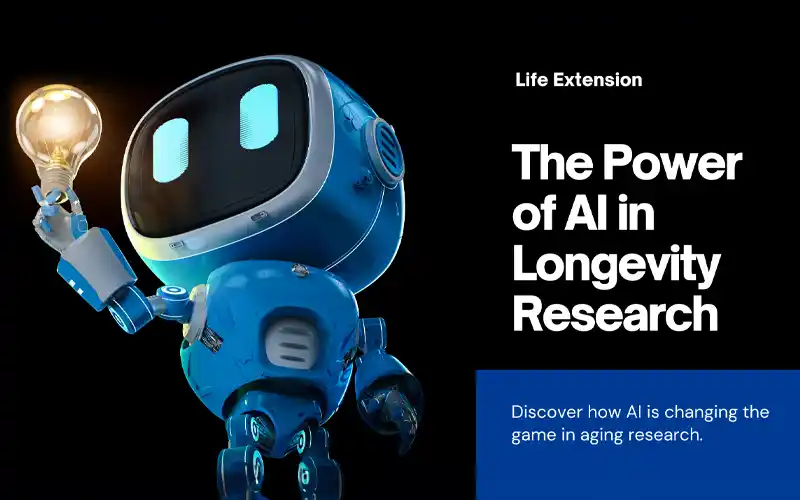AI-driven longevity research is rapidly gaining momentum, showcasing the power of artificial intelligence in unraveling the complexities of aging, as exemplified by the enhanced CBMN test’s integration with imaging flow cytometry and deep learning algorithms. Among the cutting-edge applications of AI in this field, the enhancement of the cytokinesis-block micronucleus (CBMN) test through imaging flow cytometry and deep learning algorithms stands out as a prime example of how technology is propelling us toward new horizons in medical science. This integration not only signifies a leap in the efficiency and accuracy of quantifying DNA damage in tissues but also underscores a broader trend where AI’s potential in biomedical research is being unlocked at an unprecedented pace.
Traditionally, the assessment of DNA damage within tissues, a pivotal factor in aging research, has been a labor-intensive process prone to inaccuracies. The CBMN test, a cornerstone in genetic toxicology, sheds light on cellular mechanisms to counter DNA damage. However, the traditional deployment of the CBMN test faces throughput and objectivity challenges.
The advent of AI-driven longevity research ushers in a transformative era. By melding imaging flow cytometry—a technique marrying the swift data collection of flow cytometry with microscopy’s visual clarity—with sophisticated deep learning algorithms, researchers have significantly boosted the CBMN test’s efficiency and precision. This innovation not only accelerates analysis but also enhances its accuracy, offering a nuanced comprehension of how cells react to DNA damage. Such advancements underscore the profound impact of AI in elevating DNA damage assessment methodologies, marking a significant leap in the field of longevity research.
AI-driven Longevity Research: A Catalyst for Advancements
The ripple effects of AI-enhanced research apparatus extend well beyond individual tests. They signal a shift towards a refined, data-centric strategy in aging studies. AI’s prowess in navigating vast datasets, pinpointing patterns, and drawing insights with minimal bias heralds new paths for deciphering the intricate biological underpinnings of aging.
Furthermore, AI’s role in longevity research encourages cross-disciplinary collaboration, bridging computational sciences and biology. Leveraging AI’s computational might allows researchers to theorize, experiment, and refine their hypotheses with unparalleled speed. This synergy accelerates the pace of discovery, paving the way for breakthroughs in understanding and potentially mitigating the aging process.
Ethical and Philosophical Considerations
The integration of AI into longevity research stands at the precipice of potentially transformative discoveries, yet it also brings to fore a myriad of ethical and philosophical dilemmas. Questions about fair access to longevity technologies, the societal impact of prolonging human life, and the ethics of meddling with natural aging processes merit thoughtful consideration.
In this complex landscape, it’s imperative that discussions remain anchored in rational arguments that honor diverse perspectives while championing scientific progress and human betterment. AI’s role transcends mere discovery; it serves as a beacon for stimulating meaningful discourse on our collective future and the moral compass guiding human enhancement.
The Path Forward
The AI-enhanced CBMN test represents a beacon of progress in longevity research, spotlighting the transformative potential of technological advances in our grasp of life and aging. As the exploration of AI in biomedicine forges ahead, doing so with ethical diligence and a commitment to enhancing human health and longevity is crucial.
This journey, fueled by the collaborative spirit between AI specialists and biologists within a robust ethical framework, promises groundbreaking discoveries that could redefine our approach to aging and disease management. Although fraught with challenges, the pursuit harbors the potential for monumental rewards for humanity, urging us forward in our quest to understand and influence the aging process.
Join the conversation on how AI is reshaping longevity research and what it means for the future of human health. Share your thoughts, follow #H3M and #Helium3Media for more insights, and let’s explore together how technology and science converge to unlock the mysteries of aging.
References:
- Zhavoronkov, A., Scarano, B., Mazzotta, A. D., & Santus, E. (2023). Towards AI-driven longevity research: An overview. Frontiers in Aging, 4, 1057204. https://doi.org/10.3389/fragi.2023.1057204
- Huang, K., Matsumura, H., Zhao, Y., Herbig, M., Yuan, D., Mineharu, Y., Harmon, J., Findinier, J., Yamagishi, M., Ohnuki, S., Nitta, N., Grossman, A. R., Ohya, Y., Mikami, H., Isozaki, A., & Goda, K. (2022). Deep imaging flow cytometry. Lab on a Chip, 22, 876-889. https://doi.org/10.1039/D1LC01043C
AI-driven Longevity Research – To Learn More:
Sitagliptin and Longevity: Unveiling a New Frontier from Diabetes to Life Extension
The Future is Now: Artificial Chromosomes and the New Dawn of Human Enhancement





